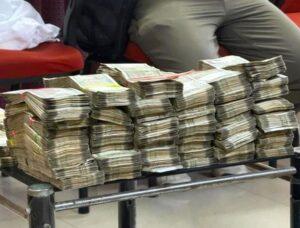At a time when state governments are tightening their grip on alcohol outlets to reduce consumption, an encouraging trend of falling liquor sales between April and November 2015 indicates a healthy choice made by Indian consumers.
The decrease assumes importance because the fall in sale of alcoholic beverages has occurred for the first time in 15 years.
A report in Live Mint attributes the low graph to fewer new brand launches, high taxes and slow economic growth.
While the country saw an increase of 10-15% in liquor sales since the beginning of 2000s, the growth graph during last two years has remained in single digits.
The trend was not unexpected.

In August last year, Economic Times reported that Indian-made foreign liquor products, accounting for almost 70% of the market, had seen a decrease in their sales volume by 2% during the quarter ending in June compared with a 6% growth in the corresponding period a year ago.
Seen from health perspective, the decline in liquor sales marks hopes of growing awareness and consciousness about healthy life in India, where dozens of people, mostly belonging to rural and poor backgrounds, lose their lives due to spurious liquor.
Last year, nearly 103 people died in Malad area of Mumbai city after consuming pouches of locally-made spurious liquor called hooch.
India’s appetite for liquor has been also acknowledged by a World Health Organization report, according to which about 30% of India’s population consumed alcohol in 2010.
While an average rural Indian consumes 11.4 litres of alcohol in a year, a citizen living in urban area consumes 5 litres annually.
Feature image source: Reuters

















